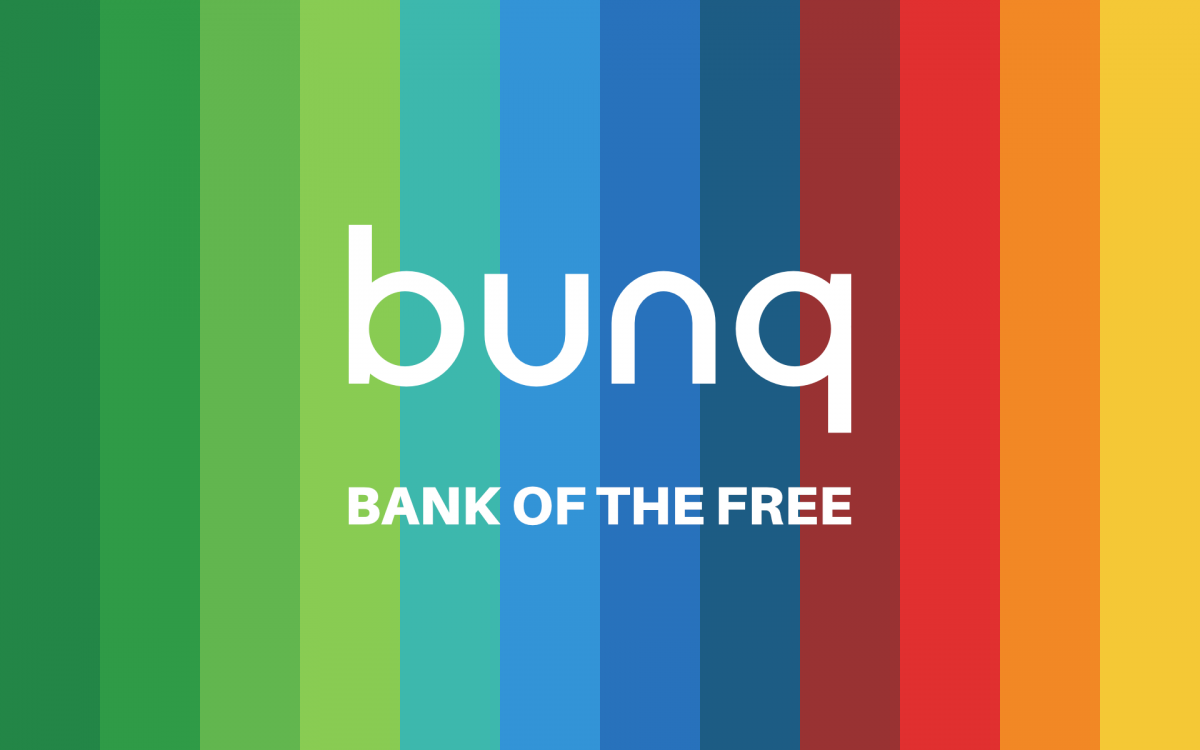Some of us might have experienced pieces of autonomous driving when stepping in new(er) cars, ranging from adaptive cruise control to partly autonomous driving with Tesla models. In this article I would like to go through a small history of the Tesla Autopilot and how it’s approach has been shifted and drastically accelerated using the integration of AI models.
(Greg, 2021) As of 2015 the first version of autopilot was released overnight to existing Tesla users with the right specifications. This version was simply able to drive like most adaptive cruise controls are currently able to do namely: stay within the right lane and follow other traffic. As of 2016-2019 we saw an improvement of this autopilot (enhanced autopilot), introducing automatic lane shifts, parking and more which relied heavy on thousands of lines of static code. As of 2020 Tesla has introduced Full-Self-Driving (FSD) beta’s (Greg, 2021).
As of from 2020 we have seen giant leaps forwards in regards to the capabilities of FSD, this is mainly due to the fact that Tesla has been able to convert its collected data and code based on the earlier models from 300K+ lines of code into an AI neural network (Ali, 2024). Which means that the cars no longer stop for a red light because there is a line of code stating you need to stop for red, but it determines it based on the thousands of hours of video data it has been trained on from other tesla drivers. This results in some new emergent behaviours, as for example, a youtuber was driving a tesla, but due to roadwork it decided to do a U-turn and find a different route, which according to Ashok Elluswamy (head of AI/Autopilot at Tesla) was behaviour the FSD AI had learned by itself.
Moving away from static lines of code to an AI will/is showing to make massive leaps towards a future without necessary interventions of humans when driving. Personally I like driving, but not having to will result in much time more effectively spend.
Currently there are still lots of legal and technological constraints before full autonomous self-driving will be rolled out to the public, but the future potentially looks driver-less.
Ali, I. (2024, September 9). Tesla (TSLA) reveals FSD 12.5 roadmap ahead of the Robotaxi event, v13 in October, aims FSD for China and Europe in 2025. Tesla Oracle. https://www.teslaoracle.com/2024/09/08/tesla-lays-down-critical-fsd-milestones-ahead-of-the-robotaxi-event-aims-fsd-for-china-and-europe-in-2025/
Greg . (2021, October 9). A timeline of Tesla Autopilot: From inception to now. That Tesla Channel. https://www.thatteslachannel.com/a-timeline-of-tesla-autopilot-from-inception-to-now/

